The potential difference VA−VB for the circuit shown in fig. is. −(22/x)V. find the value of x.
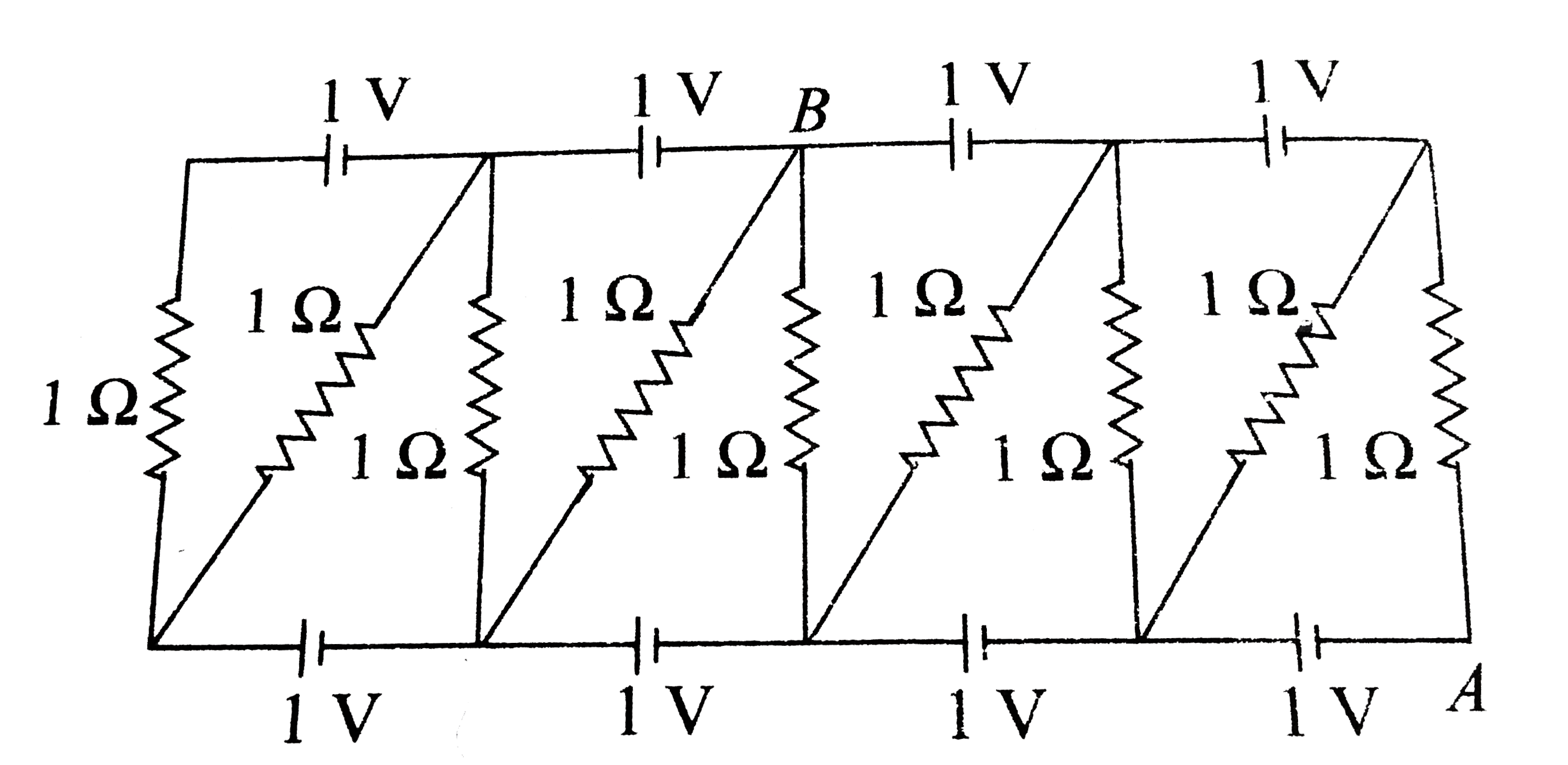
The correct Answer is:9
At junction C: i1+i2=I,
where i1=0−x1,i2=1−x1
At D: 4i+i1=0 solve to get x=49

Now VA−i1+1=VBorVAorVB=−(2+49)=−229V
Topper's Solved these Questions
- ELECTRIC CURRENT AND CIRCUITBOOK - CENGAGE PHYSICS ENGLISHCHAPTER - ELECTRIC CURRENT AND CIRCUITEXERCISE - Comprehension
35 Videos
- ELECTRIC CURRENT & CIRCUITSBOOK - CENGAGE PHYSICS ENGLISHCHAPTER - ELECTRIC CURRENT & CIRCUITSEXERCISE - Kirchhoff s law and simple circuits
15 Videos
- ELECTRIC FLUX AND GAUSS LAWBOOK - CENGAGE PHYSICS ENGLISHCHAPTER - ELECTRIC FLUX AND GAUSS LAWEXERCISE - MCQ s
38 Videos
Similar Questions
Potentail difference VA−VB in the network shown in
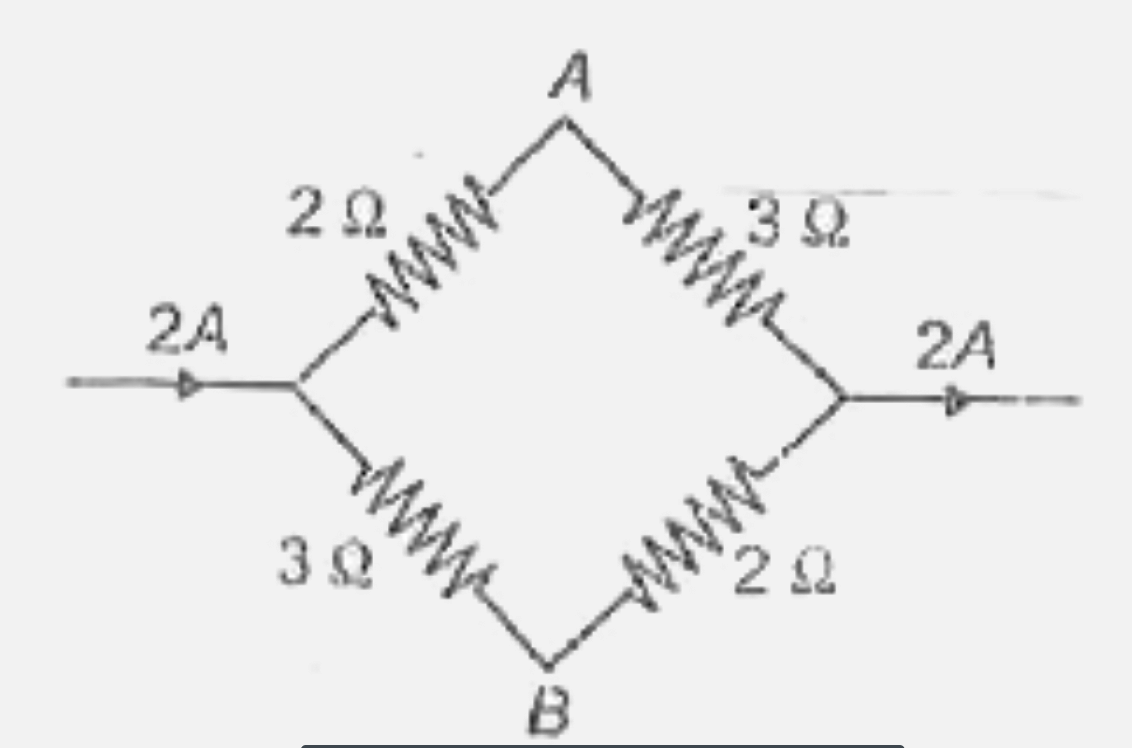
View SolutionFind the potential difference Va−Vbin the circutis shown in figure
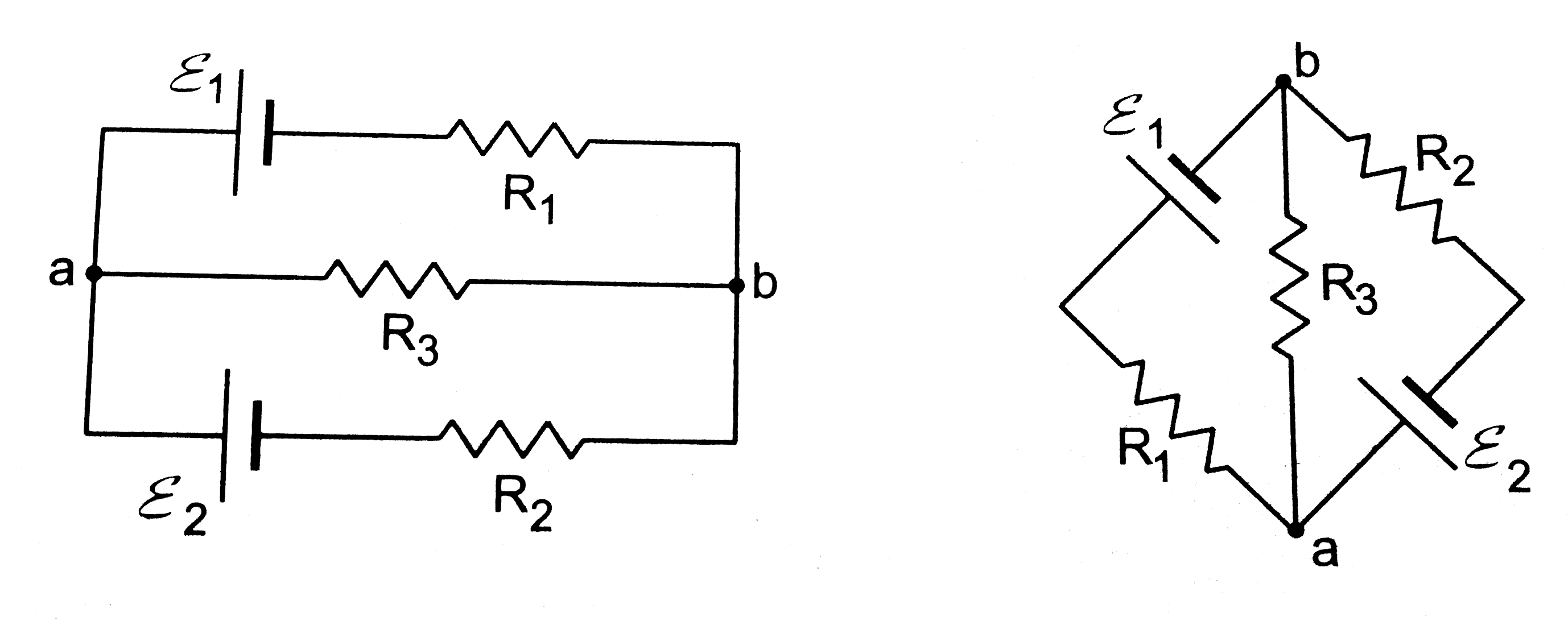
View SolutionPotential difference VB−VA in the network shown is
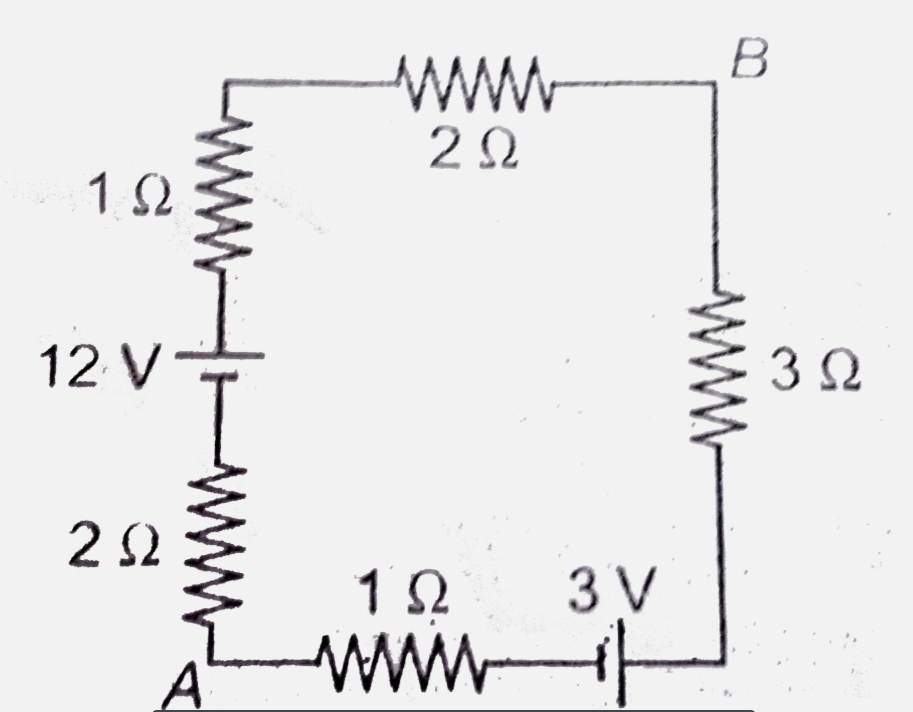
View SolutionFind VP−VQ in the circuit shown in figure.

View SolutionThe potential difference between points A and B in the circuit shown in fig. 5.317 is 16V. Then

View SolutionConsider
 .
.
The potential difference VA−VB is.
View SolutionIn the circuit shown in figure value of VR is

View SolutionThe potential differece VA−VB between points A and B for the circuit segment shown in figure at the given instant is
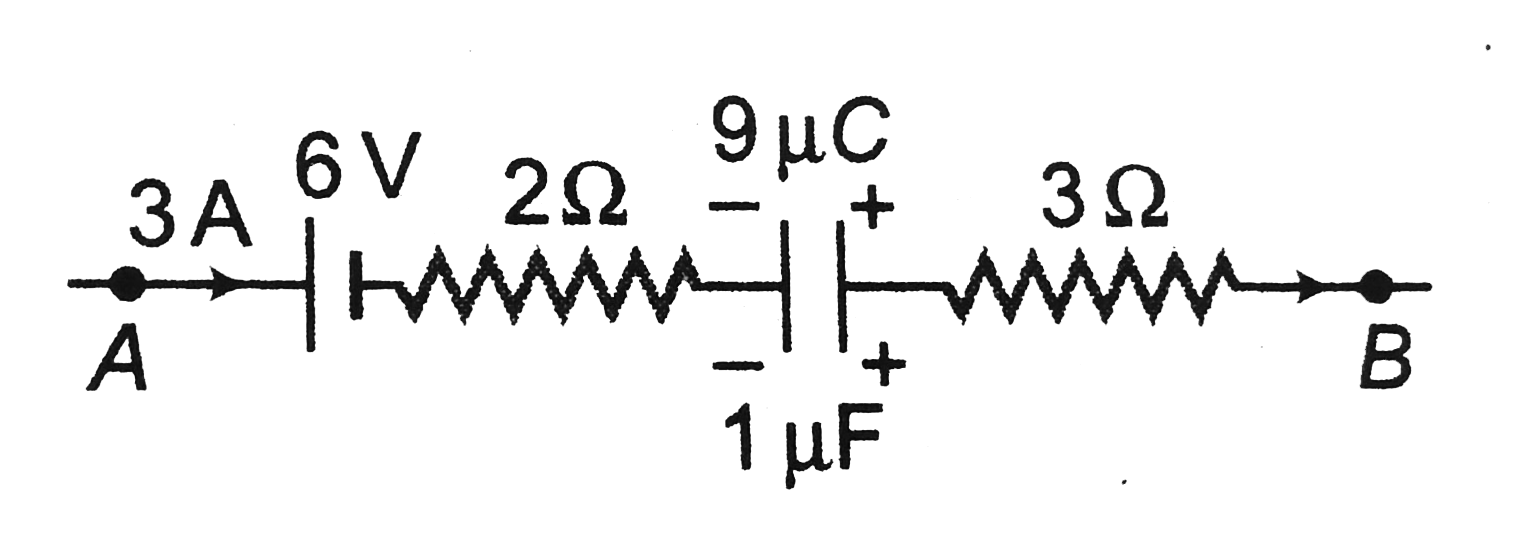
View SolutionDetermine the potential difference VA−VB between point A and B of the circuit shown in figure . Under what condition is it equal to zero ?
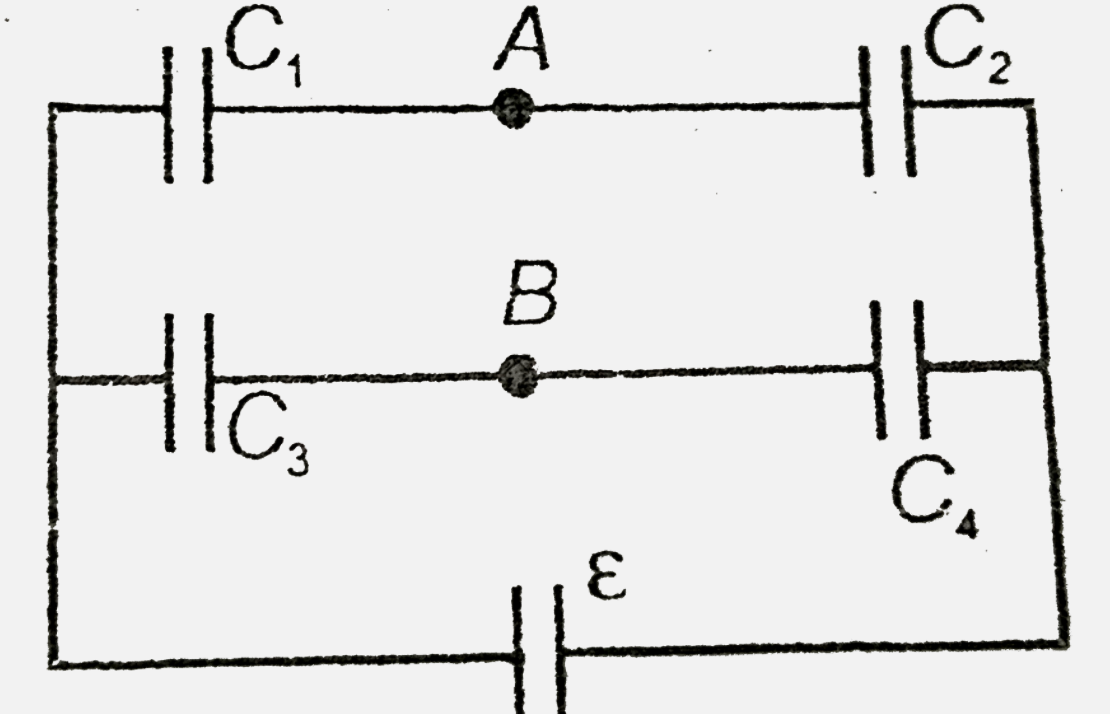
View SolutionFind the potential difference VA−VB between points A and B of the circuit shown in figure.
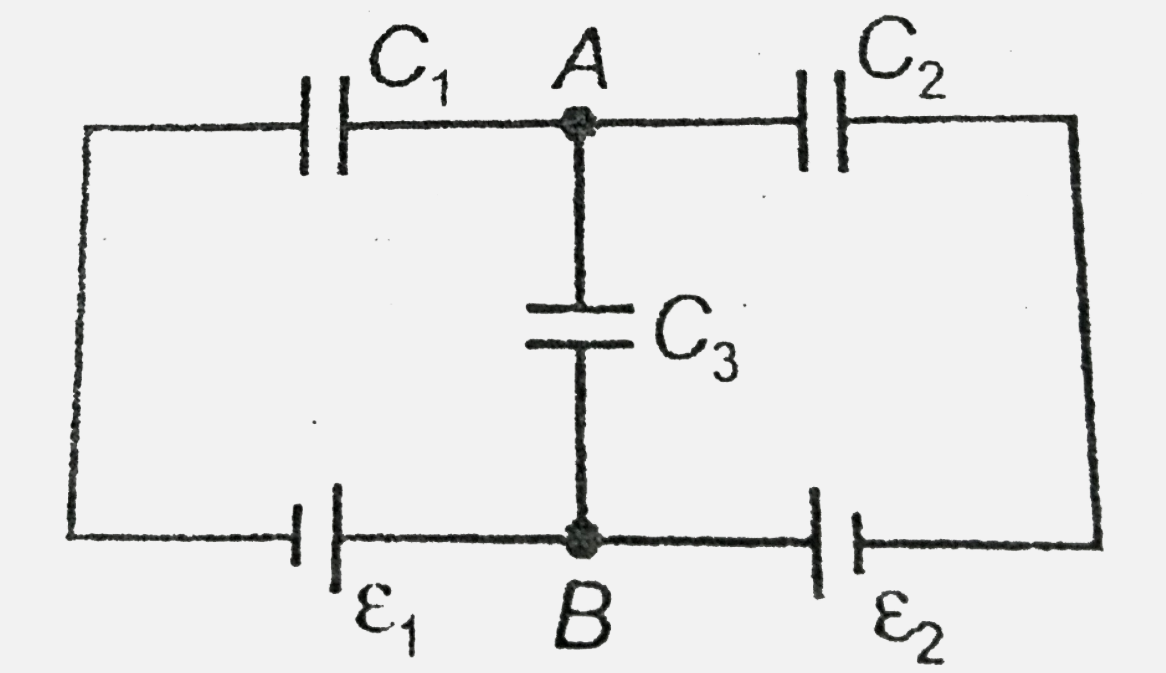
View Solution
